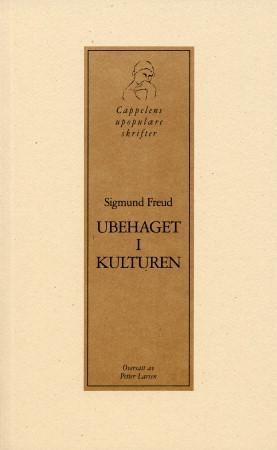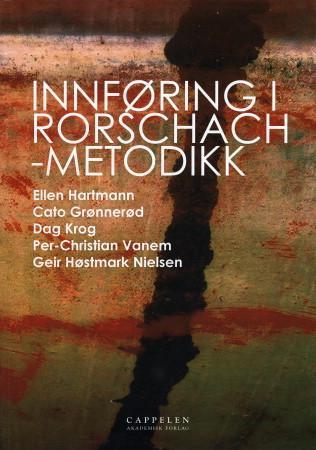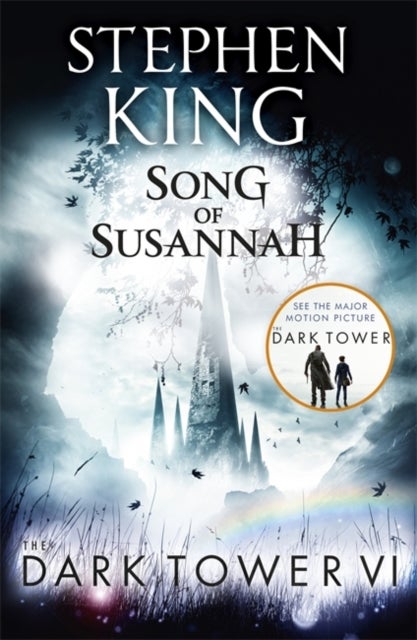
Science and Specters at Salem av Matt (The Ohio State University USA) Goldish
479,-
<p>Most studies of the Salem witch trials focus on social history and the dynamics between accused and accusers. <i>Science and Specters at Salem</i> turns instead to the intellectual background of the judges to understand why they accepted controversial types of evidence.</p><p>The role of judges in a witch trial was central. Goldish argues that in Salem the judges'' acceptance of questionable touch tests and spectral evidence was a result of their intellectual commitments. Several of the Salem judges were highly educated, and some of them were adherents of a particular philosophical school in England led by Henry More and Joseph Glanvill which Goldish calls "the anti-Sadducees." He demonstrates how the ideas of these leading thinkers, friends of Robert Boyle and Sir Isaac Newton, could have led to the deaths of twenty accused witches in Salem.</p><p>This book will interest students and scholars of witch trials, American colonial history, Atlantic history, legal history, and early mod








